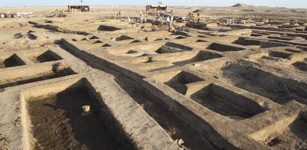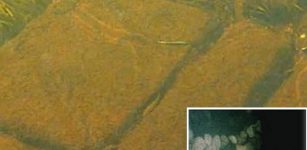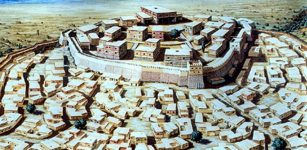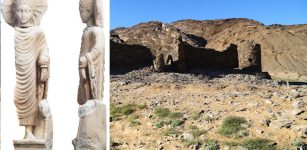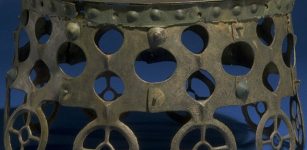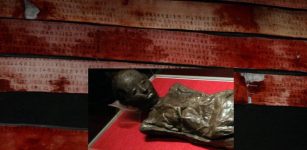Smallest Ancient Thracian Brick Tomb – Discovered In Bulgaria
AncientPages.com - The smallest ancient Thracian brick tomb has been unearthed, near the town of Rozovo, Bulgaria.. The tomb dates to the first half of the 3rd century BC.
The tomb is the second known beehive tomb or tholos (a dome tomb) found in Bulgaria after the 4th-century famous Kazanlak Tomb, which is only about two miles away. Both these tombs are very special, archaeologists say, because their beehive interior are preserved intact.
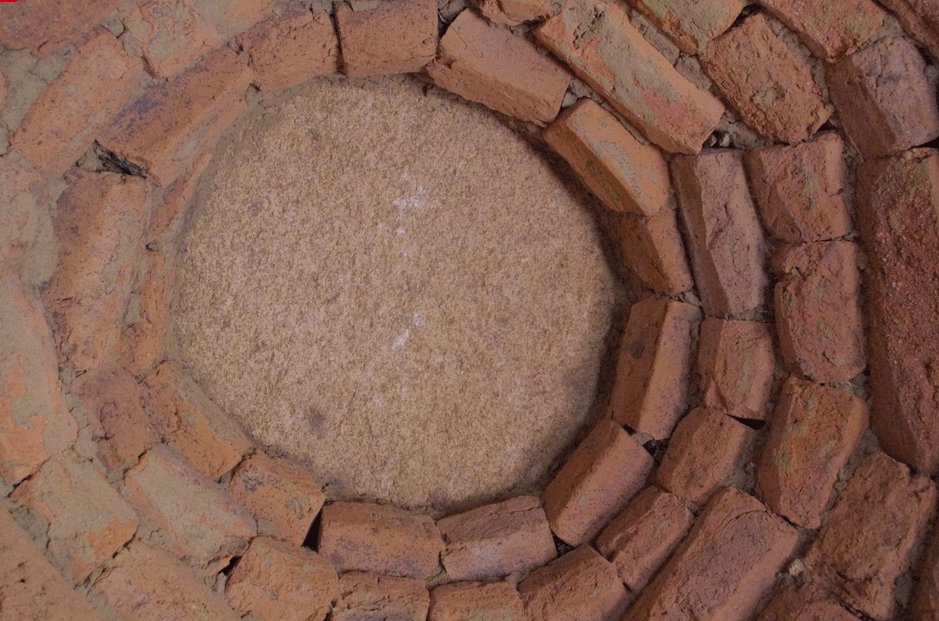
A view from the inside of the surviving “dome” of the Rozovo Tomb, which was completed with a stone slab on top. Photo Credit: Kazanlak Museum of History / Archaeology in Bulgaria
Such tombs, of ancient Thracian nobles and elite were usually hidden underneath burial mounds and were made of stone and brick.
Made of stone or brick, these tombs date from the height of Ancient Thrace in the 4th – 3rd century BC up to the Late Roman period in the 3rd century AD, after the Thracians were conquered by the Roman Empire in the 1st century AD.
The famous Kazanlak Tomb was found with elaborate murals representing a funeral feast, but the Rozovo tomb has been looted and no murals or frescoes have been found in its interior.
The tomb has a burial chamber and a small antechamber and is clearly from the Hellenistic Era. On the outside, the Rozovo Tomb was plastered with river stones shaping what the Bulgarian archaeologists refer to as a “coat", which both solidified the structure and prevented atmospheric water from penetrating the tomb.
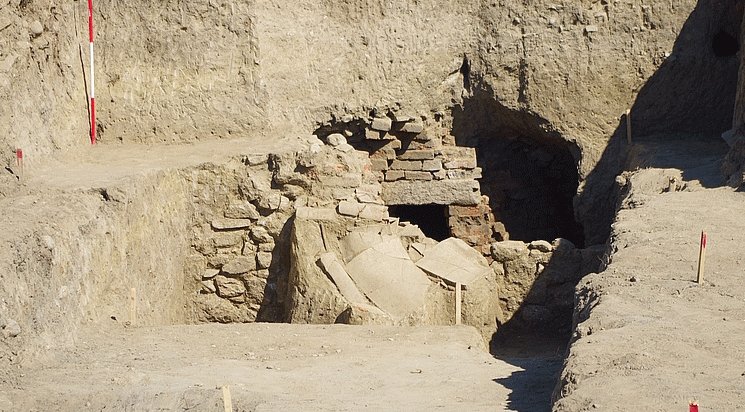
The entrance of the newly unearthed Ancient Thracian tomb near Rozovo, Kazanlak Municipality, in Central Bulgaria, which has turned out to be Bulgaria’s smallest Thracian brick tomb. Kazanlak Museum of History
“This is the smallest tomb of this kind to have been discovered so far. The dome’s top is covered with a stone slab. It consists of 23 rows of bricks of various shapes and sizes. There are rectangular, square, and sectoral bricks, and some of them are very thick," Assoc. Prof. Georgi Nehrizov from the National Institute and Museum of Archaeology in Sofia, said in press release.
The Kazanlak Valley in Central Bulgaria, also known as the Rose Valley, is particularly rich in terms of the number of Ancient Thracian burial mounds and tombs found there (with an estimated 1,500 mounds, of which some 300 have been explored), and has become known as the Valley of Odrysian Thracian Kings, as it was the power center of the Odrysian Kingdom (5th century BC – 1st century AD).
Many of the Thracian burial mounds and the tombs they hide get looted by the numerous modern-day treasure hunters roaming the Bulgarian countryside, not to mention that some were actually looted back in the Antiquity.
The rescue excavations of the Rozovo tomb were completed on September 21, 2018.
AncientPages.com

